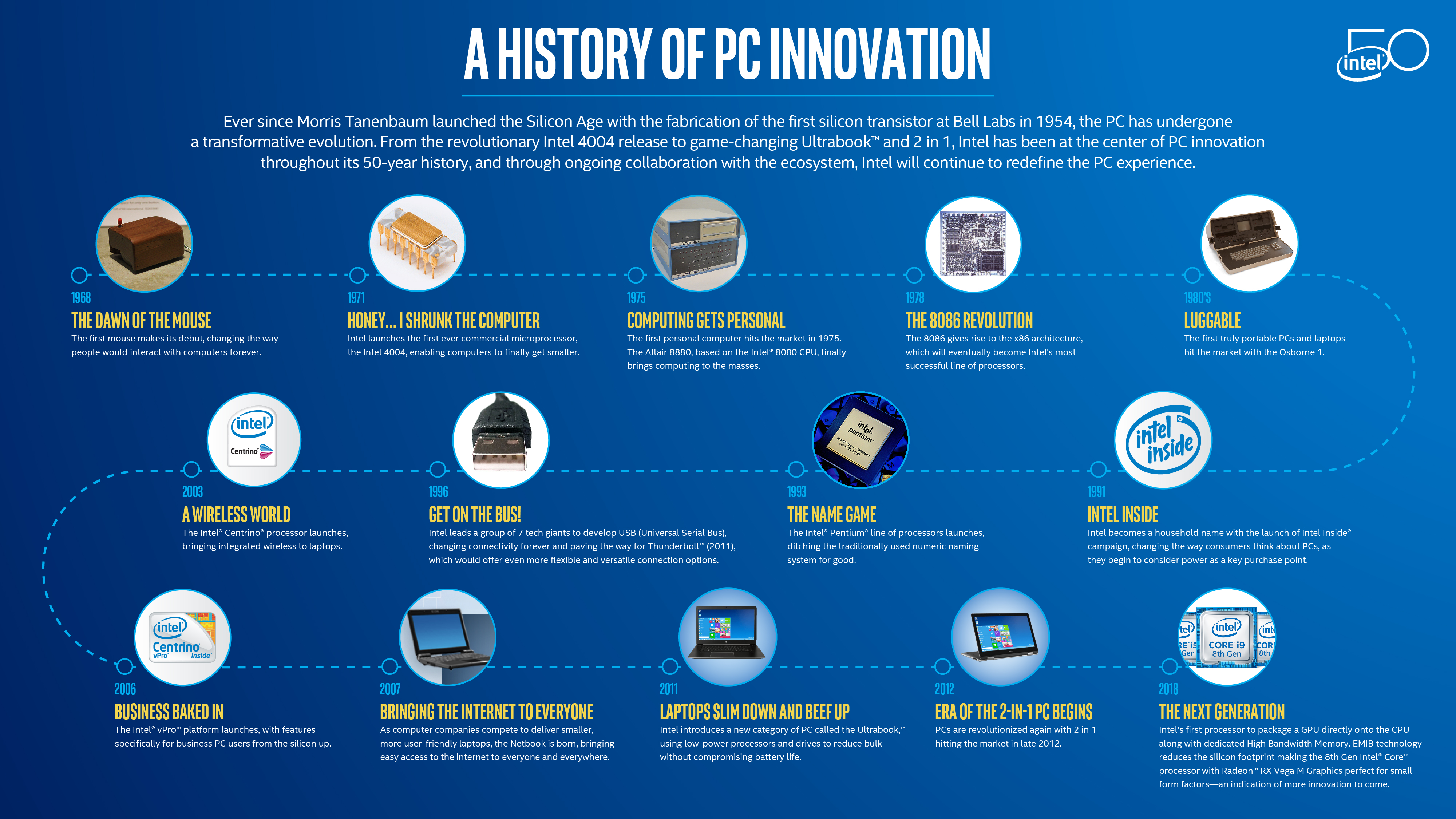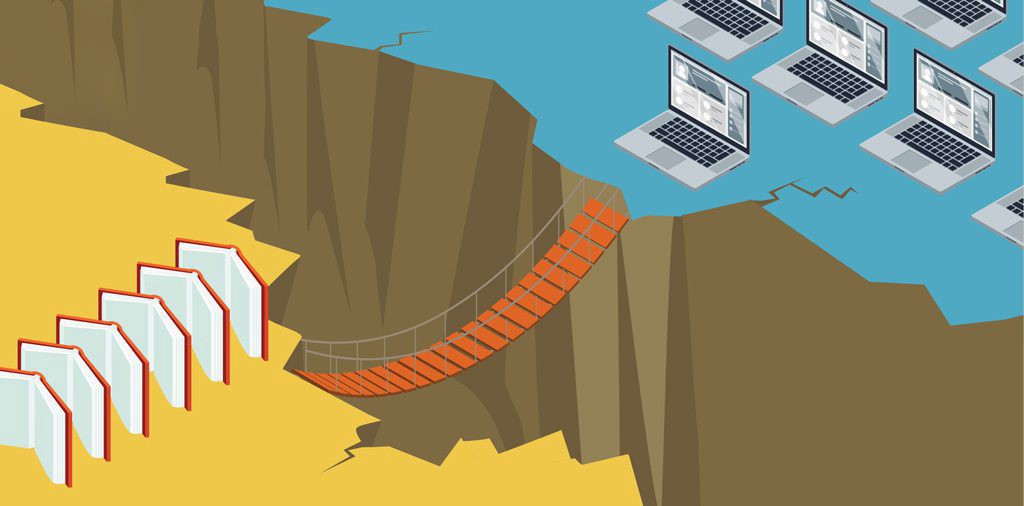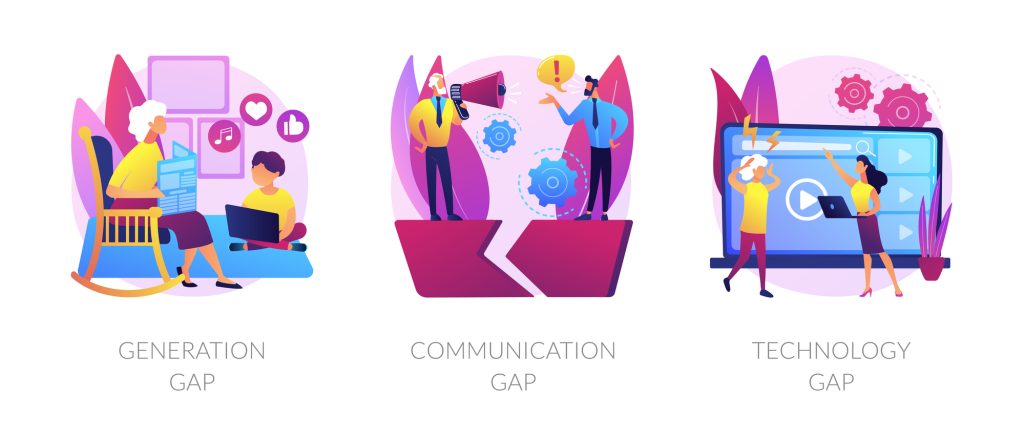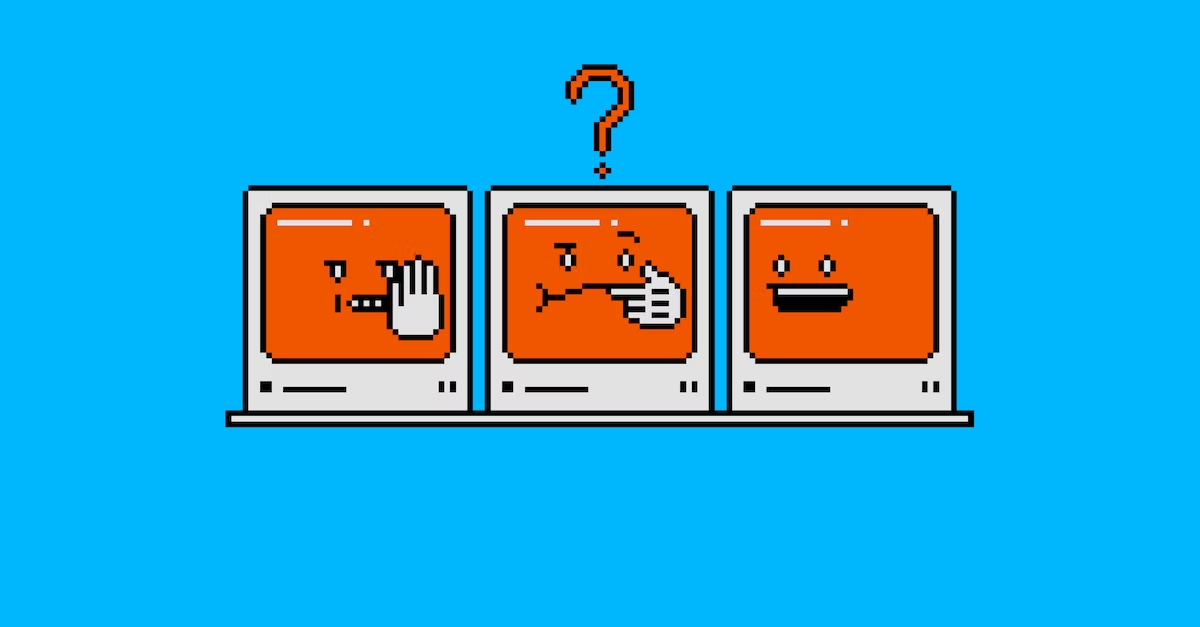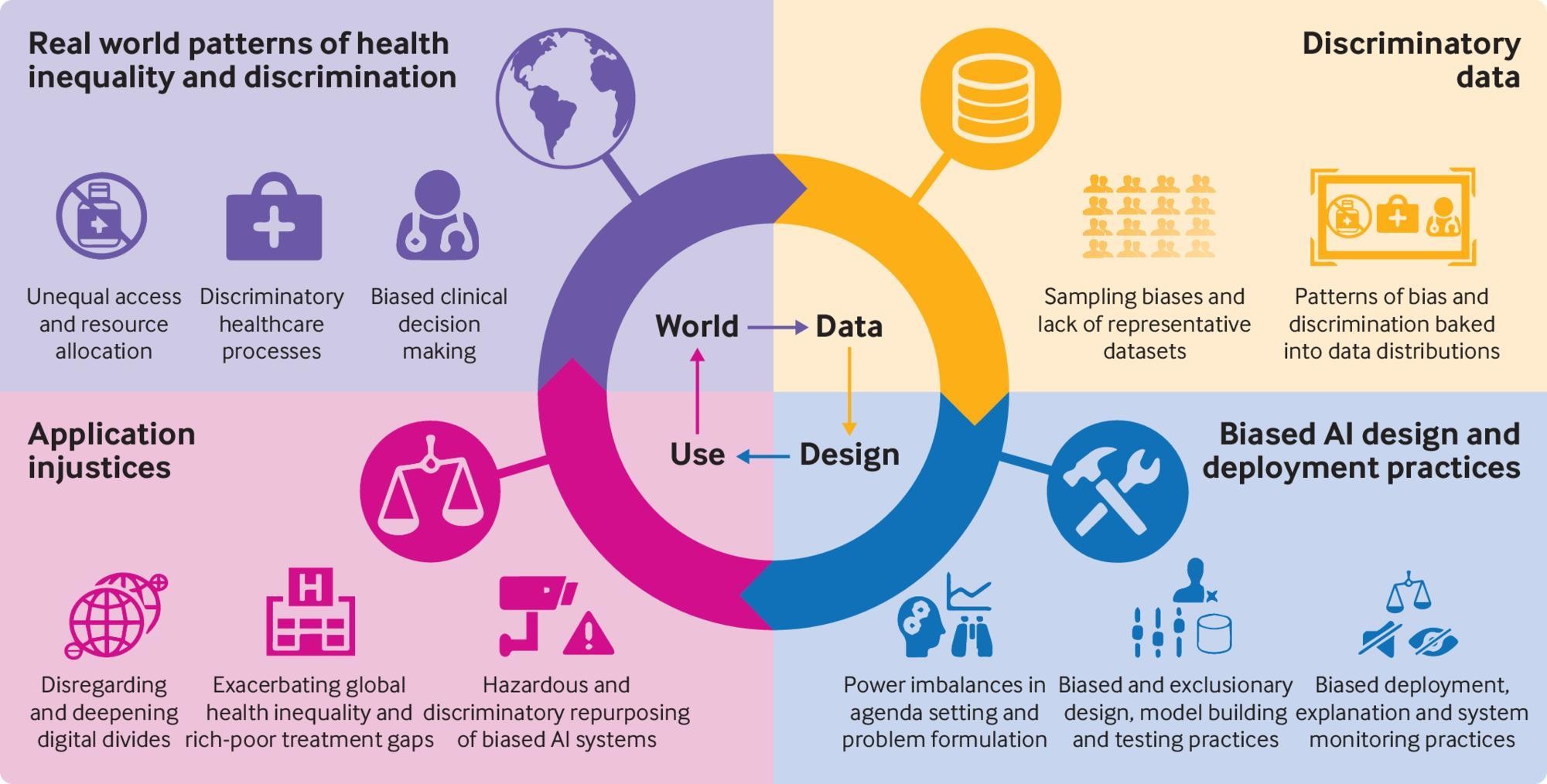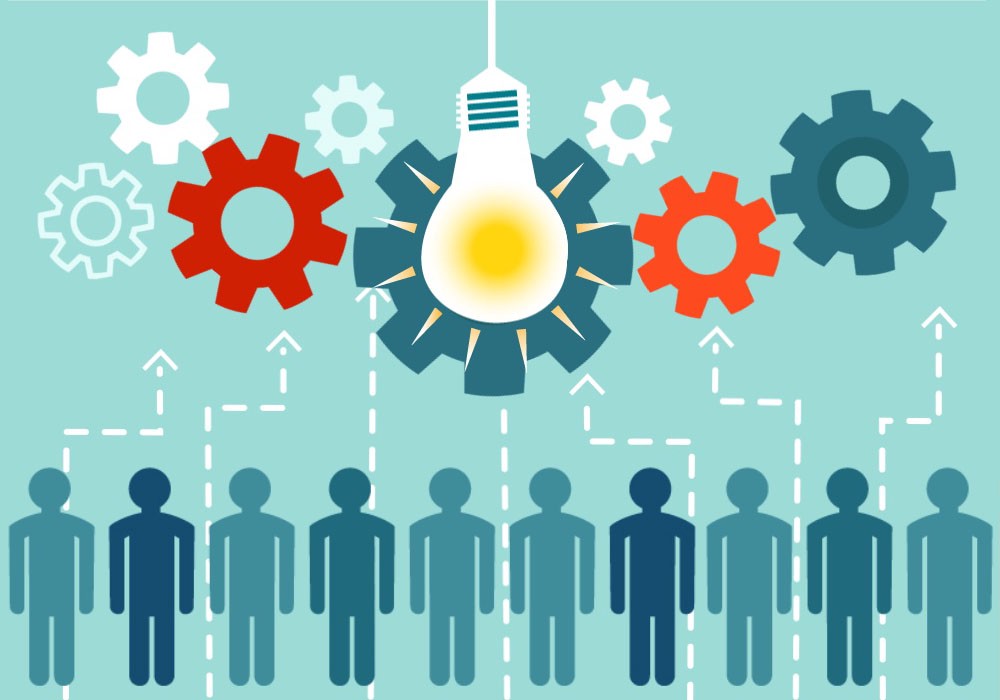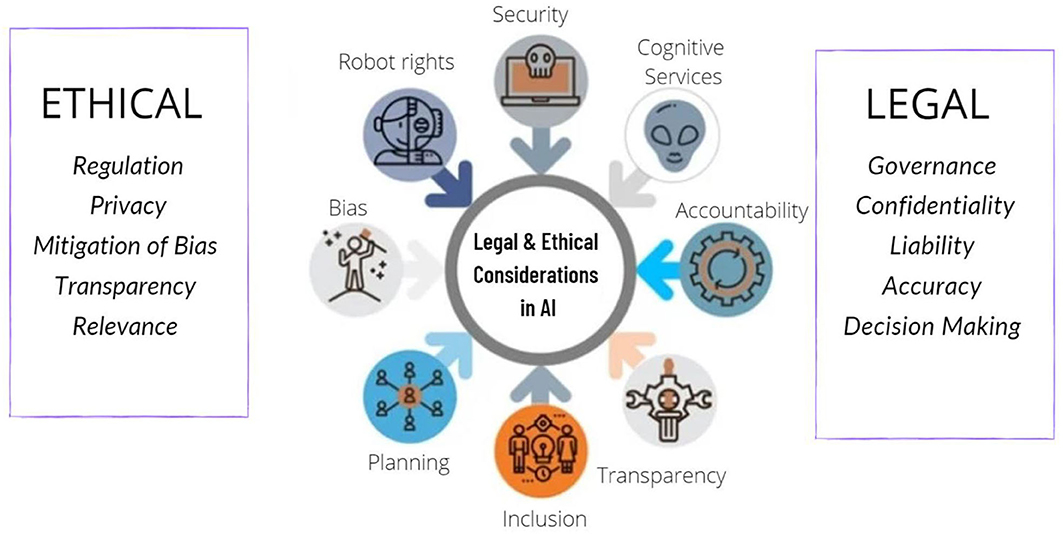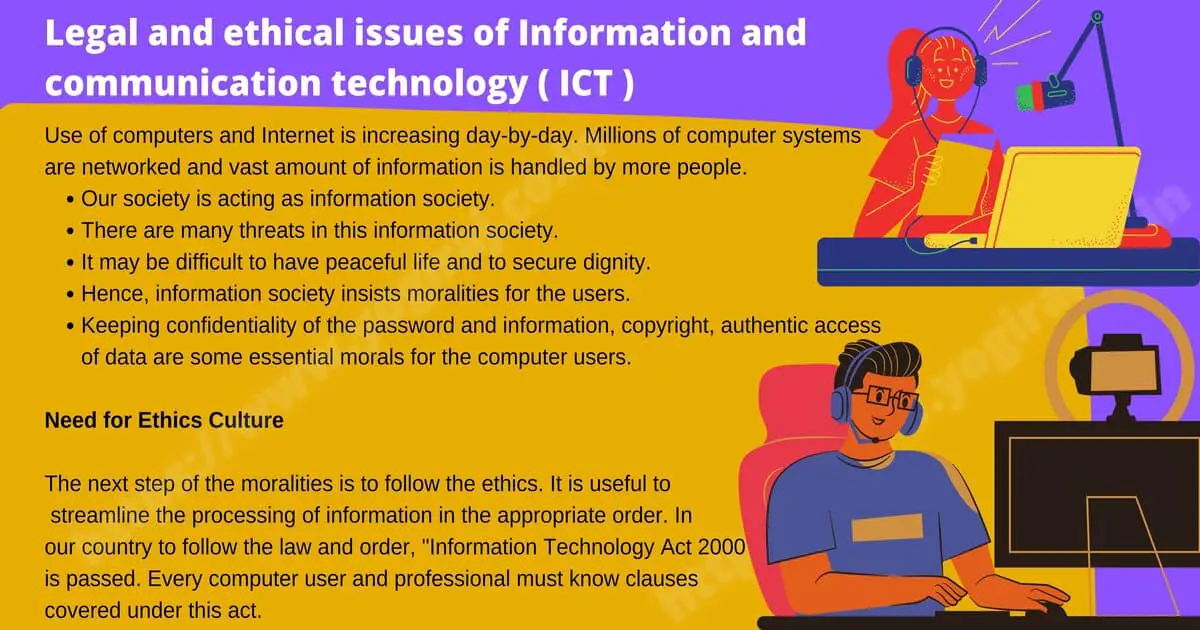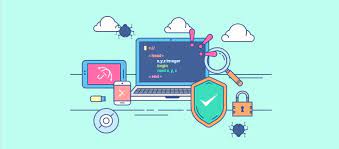Computing innovation
Some benefits of computing innovation is that it increases productivity. Another benefit is that it brings better service to people's overall living standards. Although the benefits of computing innovation take time to materialize. Although it can also lead to new jobs, and also help speed improve business efficiency. Some negatives to this is that along with new jobs, some people could lose their job from it. Potentially businesses can close down because of the new technology. Along with that some others could have conflicting interests, which could potentially lead to that opportunity for innovation gone. It can also be extremely expensive to make such a technology. The computer industry relies heavily on the constant improvement of each part of a computer. Such as a cpu, gpu, motherboard, ram, and etc. An example of this is a big tech company that needs new computer chips for their laptops, through innovation cpu companies such as Intel, or AMD are able to produce such a product. Not only will there be new computer chips, but huge leaps in technology and improvements.
Learn more